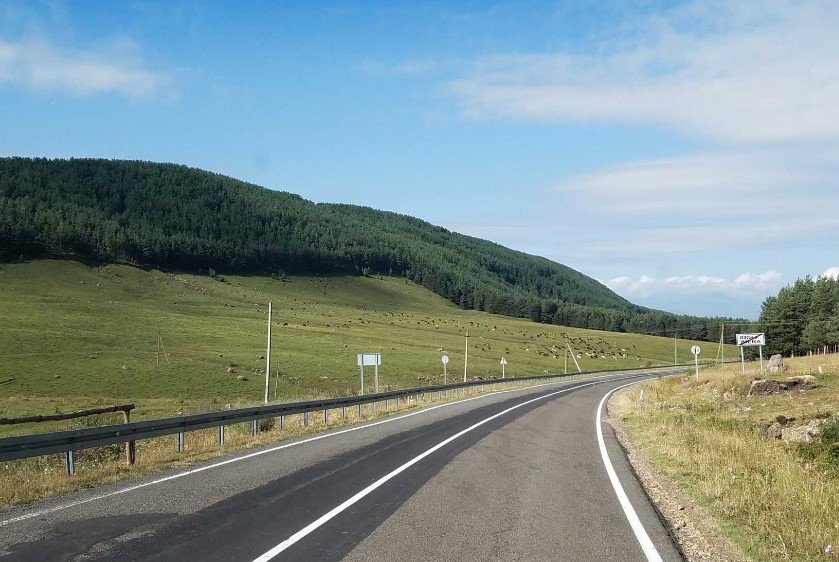Georgia stands at a crossroads of development and challenge, where the journey of its roads tells a story of progress, connectivity, and the hurdles yet to be overcome. In recent years, Georgia has embarked on an ambitious mission to revamp its road infrastructure, aiming to bridge the gaps between its diverse regions and integrate them into a cohesive network. This introductory passage sets the stage for an in-depth exploration of Georgia’s infrastructural evolution, its current endeavors, and the future it paves for its citizens.
Bridging Regions: The Road to Inclusivity
The transformation of Georgia’s roadways has been nothing short of remarkable. Once isolated areas, particularly those with dense populations of ethnic minorities, now enjoy improved access and connectivity. This leap forward in infrastructure has not only facilitated easier travel but has also opened doors to economic opportunities that were previously out of reach.
The commitment to inclusivity is evident in the government’s approach to road development. By prioritizing regions that were once marginalized, Georgia is fostering a sense of unity and shared progress. The impact of these efforts extends beyond mere convenience; it is a testament to the country’s dedication to ensuring that every citizen benefits from the nation’s growth.
However, this journey is not without its challenges. As new roads carve through the landscape, environmental considerations and the preservation of local cultures become paramount. Balancing development with sustainability is a complex task that requires foresight and careful planning.

Navigating Challenges: The Sustainability Equation
With every mile of asphalt laid, Georgia confronts a multitude of challenges that come with rapid development. The sustainability of road asset management is a critical aspect that demands attention. Ensuring that these infrastructural investments stand the test of time and serve future generations is as important as their construction.
The Third Secondary and Local Roads Project by The World Bank aims to address these concerns by reducing transport costs on project roads while enhancing sustainability. This initiative reflects a broader understanding that infrastructure is not just about building roads but about creating lasting systems that support economic and social well-being.
Moreover, as Georgia positions itself as a regional transportation hub, it must navigate the delicate balance between growth and environmental stewardship. The Asian Development Bank’s involvement in highway initiatives underscores the strategic importance of these projects while highlighting the need for responsible development practices.
The Road Ahead: Charting a Course for Prosperity
Looking forward, Georgia’s roadmap for infrastructure is ambitious and forward-thinking. With plans to construct and operationalize hundreds of kilometers of highways by 2030, the nation is poised for a significant transformation in how people and goods move across its terrain.
This vision for a connected future is not just about shortening travel times; it’s about knitting together a nation through the veins of commerce and community. As Georgia continues to pave its way forward, it does so with an eye on creating a legacy of progress that will define its landscape for decades to come.
